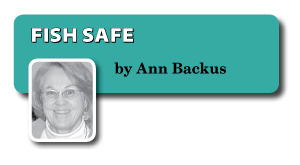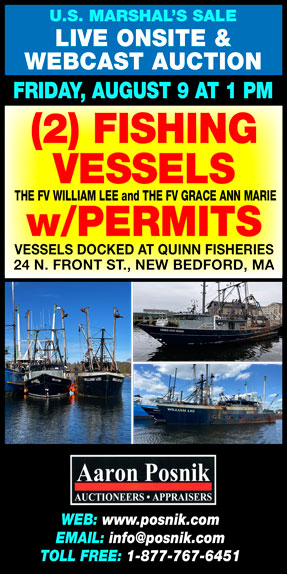by Ann Backus –
Early in June, Andrea, the first tropical storm of the season, slammed into Florida and then proceeded up the East Coast into New England. She won’t be the last. Hurricane season is now in full swing.
Regardless of what the weather is when you leave port, be prepared to deal with storm conditions. Draw up and review a severe weather plan with your crew, check all equipment, conduct a severe weather drill, make sure everyone knows how to inflate the life raft (in the water, not on deck), remind your crew of where the EPIRB is located, check out everyone’s survival suits, and get reacquainted with the three “rules for mariners.”
 Weather preparedness is complex. The scope of it ranges from having ready an executable severe weather plan to having some knowledge of how tropical storms work.
Weather preparedness is complex. The scope of it ranges from having ready an executable severe weather plan to having some knowledge of how tropical storms work.
The National Transportation Safety Board recently issued a safety alert in response to an investigation into four deaths and weather damage sustained by the Trinity II during an unexpected and unusually severe storm in the Gulf of Mexico in September 2011.
The safety alert makes the point that each vessel should have a severe weather plan that addresses not only storms predicted through extended forecasts, but also the possibility that local low-pressure weather systems can develop suddenly into severe local storms.
Three rules
To ensure the safety of your crew and vessel, calculate the safe distance between your vessel and a storm by following these three essential rules – the “34-Knot Rule,” the “Mariner’s 1-2-3 Rule,” and the “Never-Cross-the-T Rule.”
According to the National Oceanic and Atmospheric Administration’s Mariner’s Guide for Hurricane Awareness in the North Atlantic Basin, it is essential that vessels avoid the 34-knot wind field of a tropical storm because, once wind speeds hit 34 knots, “sea state development approaches critical levels that result in rapidly decreasing limits to ship maneuverability.”
In other words, at this wind speed, a vessel might not be able to escape the hurricane or tropical storm.
With just a few key numbers from the National Hurricane Center (NHC), you can calculate the 34-knot radius from the eye of a storm in nautical miles (nm) for days beyond the forecast.
Here’s how. Fill-in the shaded boxes in the table with data from the NHC, which you can access online at <www.nhc.noaa.gov>, and then calculate the 34-knot radius using these formulas:
- For 48 hours – (C/B) x D; and
- For 72 hours – (E/B) x D.
Next, use the “Mariner’s 1-2-3 Rule” to calculate the “Danger Area” you should avoid. This rule basically helps account for the uncertainty in the storm’s path over the next few days and determines the minimum recommended distance to maintain from a tropical storm.
To use the rule, add: 100 nm to a 24-hour 34-knot calculation (one day); 200 nm to a 48-hour 34-knot calculation (two days); and 300 nm to a 72-hour 34-knot calculation (3 days).
Then, on your chart, draw the circle at 48 hours with a 435-nm radius out from the projected storm path and, at 72 hours, with a 470-nm radius from the storm path.
Connect the circles to make a cone and, at a minimum, stay clear of this “Danger Area.”
Finally, abide by the “Never-Cross-the-T Rule,” meaning never cross the track of a tropical storm.
The Mariner’s Guide for Hurricane Awareness in the North Atlantic Basin is available online at www.nhc.noaa.gov/marinersguide.pdf.
Ann Backus, MS, is the director of outreach for the Harvard School of Public Health’s Department of Environmental Health in Boston, MA. She may be reached by phone at (617) 432-3327 or by e-mail at <abackus@hsph.harvard.edu>.
<< Back to Fishing Vessel Safety Page








